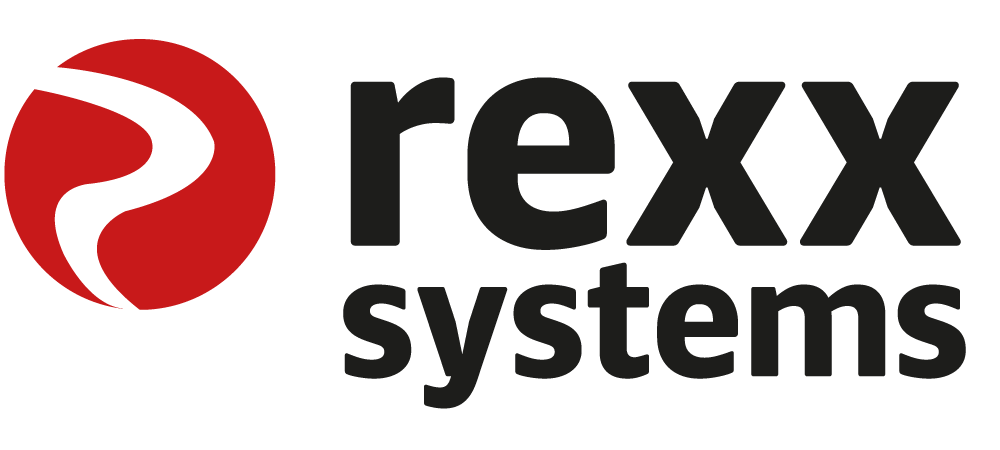Flat Hierarchies do not mean that everyone is equal
Being flexible and promoting innovation often works better with flat hierarchies in the company than in rigid structures. Because in the ideal case, it is a cooperation of shared responsibilities, instead of a traditional chain of command from top to bottom. However, this is not synonymous with democracy or even anarchy.
Flat hierarchies and working efficiently at the same time – is that possible? What if everyone is on the same level, has equivalent positions, equal co-determination rights and the same salary? Can that work at all?
If you look at many a startup, you might answer these questions with a yes. But the larger the companies are or become, the more difficult it becomes to take all opinions and sensitivities into account. This also raises the question of how to deal with critical opinions. Constructive criticism can, of course, also bring about good things, such as promoting innovation or bringing a new perspective to the debate that had not been considered before.
Co-decision instead of by Order Mufti
But if the voices from the workforce become too critical or even destructive criticism arises, this can also lead to discord and to the management “closing down” and abandoning its own claim to use agile leadership to achieve a sense of unity with flat hierarchies and short decision-making paths. To a certain extent, this also goes in the direction of democratization for cooperation instead of opposition with short joint decision-making paths instead of decisions “per order mufti”.
However, this does not mean that everyone is equal, and it certainly must not lead to anarchy, where everyone steps out of line and gives vent to his or her anger whenever he or she has had enough. Even in hierarchies that are as flat as possible, there will always be at least one person, according to arbeits-abc.de, “who is at the top of the pyramid and has the last word. If this last word becomes a basta in a dispute, however, this can result in good professionals “throwing everything in” and leaving the company.
Three tips for successful hierarchy reduction
To avoid that, here are a few tips on what to do and how flat hierarchies work without getting out of hand.
1. Moderation and Mediation
In the event of a dispute, the HR department can try to mediate in order to, together with the works council, if there is one, calm tempers again and help Agile Leadership regain its rightful place. This new form of corporate management based on lean management relies on flat hierarchies and short decision-making paths. But the best lever HR has is to pay attention to cultural fit when recruiting new employees. Skill management and talent management can also help to fill positions with the right people. In this respect, HR can play a dual role as moderator and mediator. However, if the fronts threaten to harden too much, these roles can also be handed over to external consultants.
2. Don’t jump the gun
Attempting to switch from very steep to very flat hierarchies in the shortest possible time is likely to be doomed to failure in most cases and lead to head-shaking among the workforce, if not soon to mutiny. It is therefore advisable, especially for large companies, to first try out agile leadership and flat hierarchies in individual teams or pilot projects.
If this succeeds, such best practices, as in many other areas, can develop a radiant force to introduce flat hierarchies and cooperation with distributed responsibilities without friction losses soon in other departments or in the entire company.
3. Define roles and responsibilities
In startups, there are often no clearly defined roles, at least in the initial phase. In many cases, these only crystallize after a certain amount of time. In companies with grown structures, a swing back to the early days of startups is hardly possible and rather counterproductive. With the introduction of flat hierarchies, it is also not possible to suddenly take away the positions of those responsible from departments or teams or even cut their salaries. But they may become more a part of the team in newly created open spaces than managing it from their own office away from the employees.
Some of them may also slip into completely different roles, from department management, for example, into that of a Product Owner or Scrum Master. However, depending on expertise or experience, the latter can also be assumed by a simple team member and theoretically even by trainees. In most cases, however, it always comes down to defining roles and responsibilities and assigning them to individual people. This can also be decided by the team on a quasi-democratic basis, but as a rule this role is again the responsibility of the management or the HR managers.
Motivation through responsibility
The latter point seems like a contradiction when it comes to creating hierarchies that are as flat as possible. But the sometimes also changing responsibilities in companies with Agile Leadership and hierarchies that are as flat as possible instead of steep can also be immensely motivating. Without motivation or incentives, whether in the form of money, new roles or responsibilities, it will be difficult to promote innovation and spur the workforce on to top performance. However, innovation, along with flexibility, is a very important motivator for Agile Leadership and flat hierarchies. Employee development or talent management, as it is part of the
rexx suite, will therefore continue to play a major role in agile and “democratic” companies.
Back to the initial question: flat hierarchies do not mean that everyone is the same, but they become a bit more equal, making companies more flexible and maneuverable.
More information on corporate management and flat hierarchies can be found here.
AKTUELLE STORIES AUS DIGITAL BUSINESS & FUTURE
[plista]




